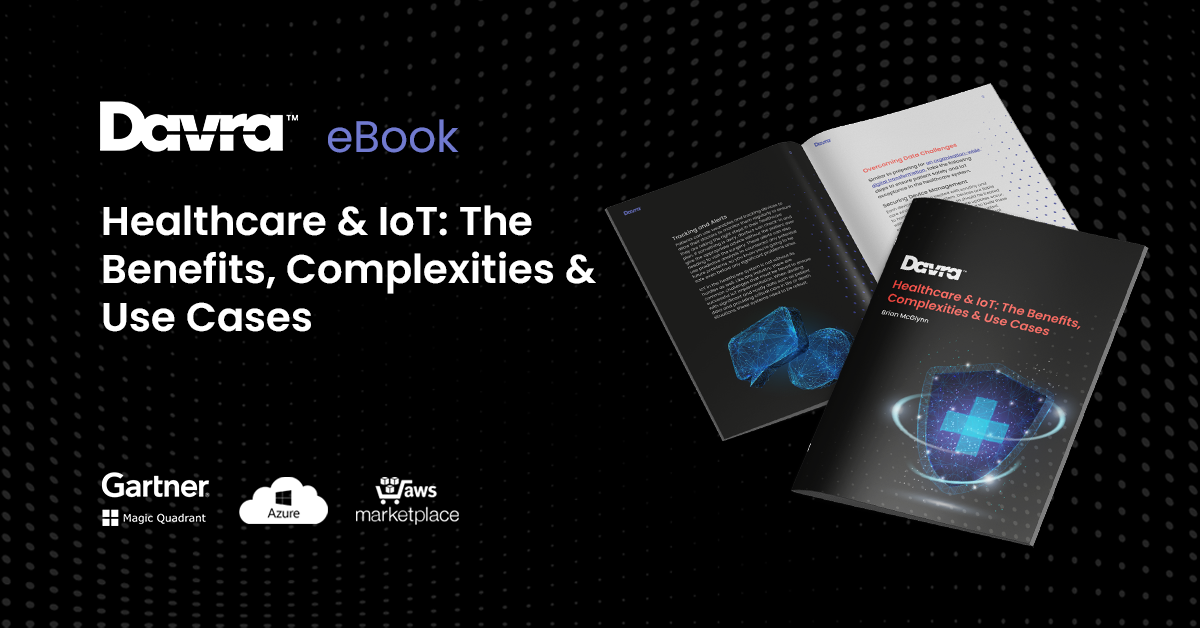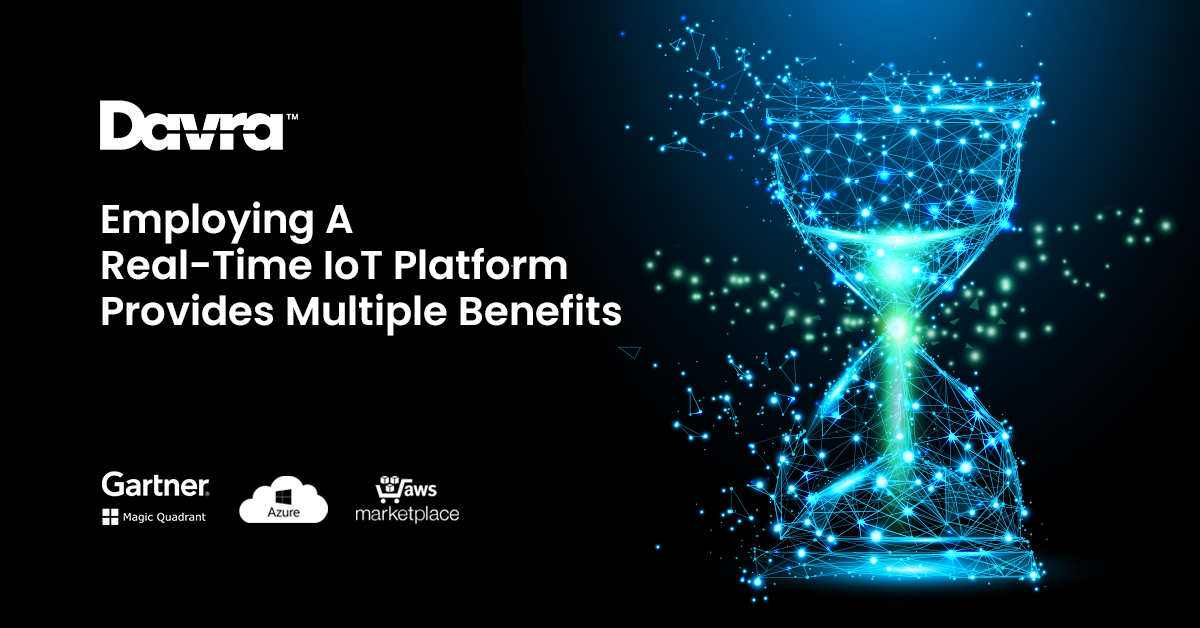IoT in Healthcare Use Cases eBook
Download Your Free IoT in Healthcare Use Cases eBook
Read More


With the advent of Industry 4.0, it is becoming clear that those who master these new systems and industrial operations early on gain a clear competitive advantage. We know we need real-time data to add benefits and value to our customers, but why and how exactly do we extract it to see those business insights and then apply that knowledge?
For many, it’s difficult to decipher this transformation and how their enterprise can develop their production processes or connect their transport systems to make huge gains and ROI.
There are multiple benefits to employing a real-time IoT platform in your enterprise, from production accuracy and speed to keeping your workers safe in harsh environments. IoT and real-time analytics aren’t just for giant warehouses either, with applications spanning multiple industries and a wide variety of use cases within those industries too.
1. Product Quality
Through the deployment of RFID sensors and gateways on the production floor machinery, you can assess the product line and work centre operations in real-time data terms. Mapping out how you want to keep your enterprise running, and then tracking how it actually flows provides you with the Statistical Process Control data in order to fine-tune future manufacturing.
2. Increased Yield for the Agriculture Industry
In Australia alone, pests cause over $1B worth of crop and livestock losses alone. With Smart Farming, farmers can develop a topological map of their fields and livestock to monitor the elements such as soil, temperature, moisture levels and even when their livestock needs to be fed. Rather than always being outside to assess the events, applications on your phone can provide you with constant farm-health updates.
3. Improved Quality of Life
Cities such as London and Dublin are now adopting smarter means of managing traffic flow, providing WiFi and increasing public safety through IoT technology. Smart streetlights that have security cameras, electric car chargers and air quality measurers installed in them not only improve public safety, but are more energy efficient and produce insights that allow governments to take important environmental actions in these smart cities.
4. Fleet Management
IoT sensors can serve multiple functions, providing the transport and logistics industries with a vast array of benefits. Sensors installed in tires can measure the tire pressure over time and alert maintenance management if a tire is punctured because the pressure isn’t high. This increases driver safety and guarantees speedy delivery. Sensors can also be implemented to track the fleet’s GPS, so if there are major traffic delays ahead they can be informed and take possible reroutes.
5. Employee Safety in Harsh Chemical Environments
In the oil, gas and mining industries safety is a major concern for companies who have workers facing dangerous working conditions everyday. From possible explosions to gas leaks, there are a number of threats to worker safety. With smart personal protection equipment (PPE), workers can be alerted of potential hazards. Sensors positioned in the environment can warn the management offsite of possible dangers, thus saving a lot of lives.
It’s all well and good describing the obvious multiple benefits to real-time data processing, but it’s imperative that you understand the data flows in your enterprise to extract the most valuable information and make better business decisions.
In order to develop your connected organisation, you need to fill in the points of the physical – digital-physical data loop. The sensors on the ground floor, your machines, the smart PPE or in the street lights capture data from the physical environment.
That data must then be analysed by the various models and algorithms you have in place to reorder and unscramble the reams of data to make it make sense and provide insights into what’s been collected from the physical environment. It in essence becomes digital.
Then those insights must be acted upon back in your physical environment, or else your IoT platform will only be redundant. It’s at this last part of the cycle, taking immediate action, is where enterprises can fall flat.
How can you execute these actions? With the help of Davra, our platform breaks the whole process down to ensure your IoT is driving key business decisions in a customisable and nuanced way.
In order to close this loop and ensure you are getting the correct insights, along with aligning them to your business goals involves the whole organisation. Develop a roadmap for everyone to follow and ensure they’re all onboard in driving these new insights. New talent investments may be needed to ensure you have the skills and knowledge in your organisation to decipher and draw benefits from the new information. Assess your current situation, you may already have the necessary capabilities such as talent and upskilling, predictive modelling and social media and brand listening.
At Davra, we have worked on and implemented many and various IoT projects across the board. Our knowledge in assessing what you already have and how you can increase your capacity will ensure your IoT investment is a great success. If you would like to get in touch today, please contact us about your organisational processes.
Brian McGlynn, Davra, COO
Download Your Free IoT in Healthcare Use Cases eBook

Davra IoT is the only Industrial IoT Platform Available on AWS Marketplace
Read MoreThe Collaboration of Humans & Robots Has Created The Cobot
Read More